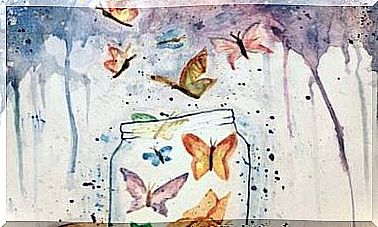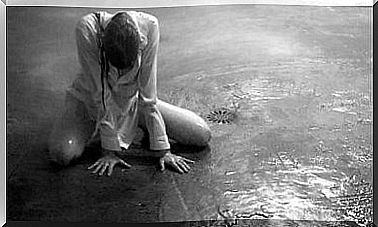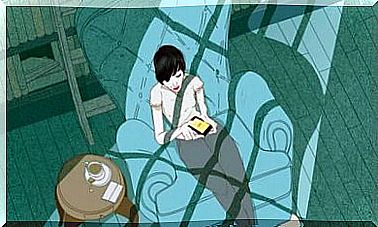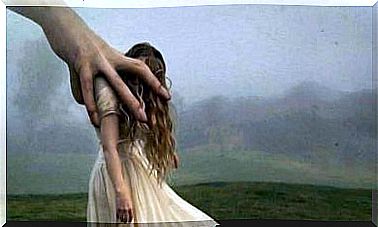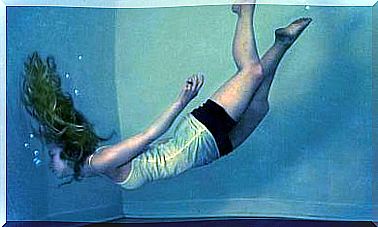The Man With No Name: The Reinvention Of A Genre
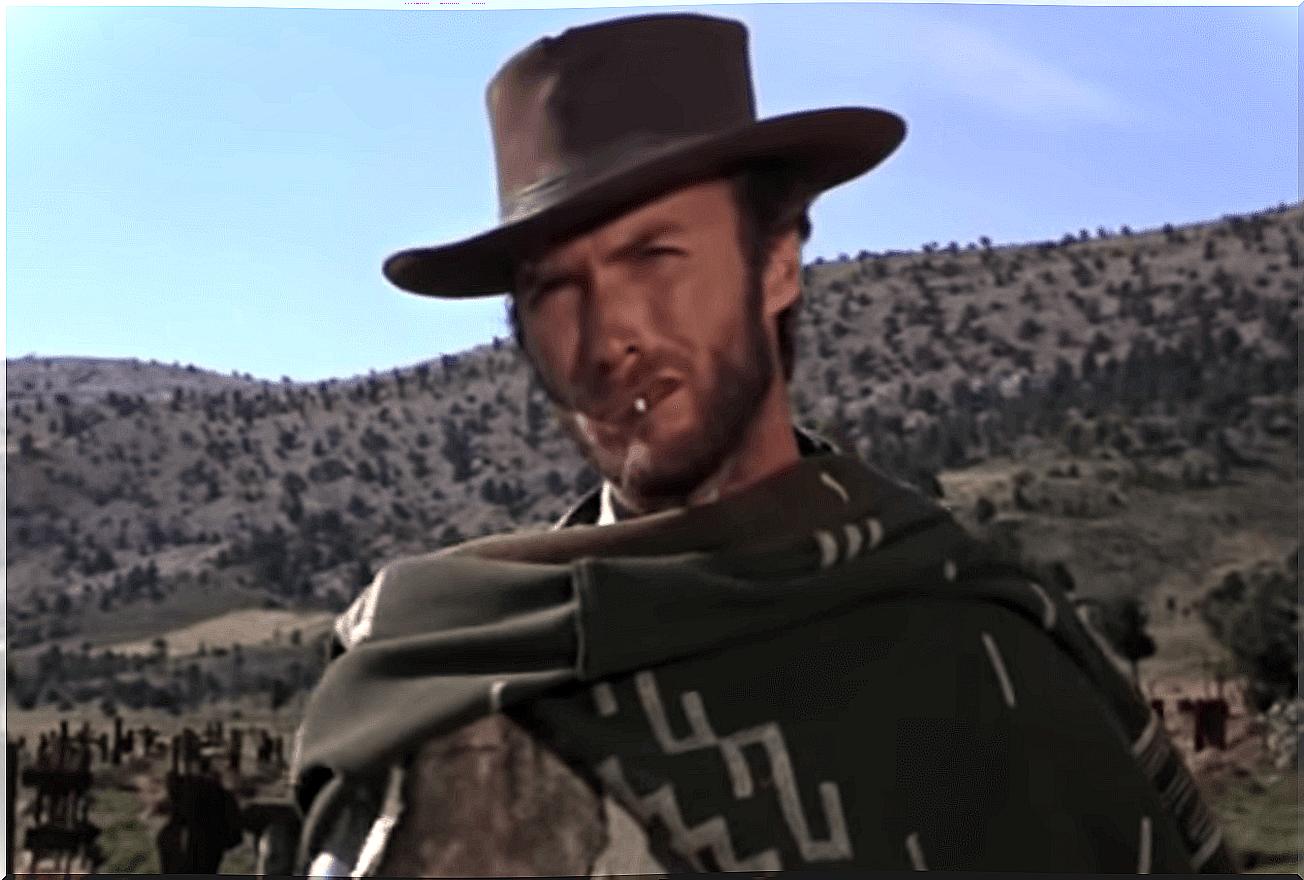
Frayed hat, immortal poncho, eternal cigar and penetrating gaze are some of the hallmarks of this mysterious character known as “the man with no name”. A man who forever changed the image of the hero in the Wild West, a character brought to life by the hand of Clint Eastwood.
We met this archetype in For a Fistful of Dollars as Joe, which, in American slang , can be used to refer to someone as “boy”, “boy”. In Death had a price, he is known by the nickname “one-armed” and, finally, in The Good, the Ugly and the Bad , as “blond.” His name, like his past, is an absolute mystery.
His image is associated with a genre that did not last too long, but left an important mark on the history of cinema. We are talking about the spaghetti western and one of the most important revolutions of the genre: the birth of the man with no name.
The spaghetti western
The North American western had insisted on presenting us with heroes whose values contrasted with the territories through which they moved ; territories plagued by Indians, bandits and lawless cities.
In Europe, the genre was exciting; In such an old continent where there was nothing to discover, finding distant and unexplored territories was fascinating.
In an article in the Open Area magazine of the Complutense University of Madrid, the mythologized idea of stereotypes and how gender captivated Europe is addressed. Following the medieval trail, the western embodied the archetype of the hero by drawing a firm line that distinguished between good and bad.
In Europe, we could no longer believe in fairies or mystical beings, but we could believe in distant cultures, in savage “red-skinned” men. European filmmakers embraced the most American genre that existed. The Germans were the first to try and, little by little, the wave of the European western would sweep the rest of the continent.
Between the 60s and 70s, countless productions began to take place in which different European countries participated, among which Spain and Italy stand out. Spain, due to its special geography, was the ideal place to recreate the arid North American landscapes.
These productions did not usually have too much budget and generated rejection in the critics; For this reason, they began to call the genre spaghetti western , in a clearly derogatory way. However, there was a man who managed to revalue the genre, that man was Sergio Leone.
His stamp is fundamental and has inspired filmmakers such as Quentin Tarantino, Martin Scorsese or even George Lucas. But the recognition did not always accompany Leone and, especially in the United States, the vindication of his cinema would come late.
Leone reinvented a genre and gave Clint Eastwood, who was almost unknown at the time, the opportunity to play one of the most iconic characters in cinema: the man with no name. He broke the archetype of the hero of the North American western to give us a character of doubtful morality, mysterious and who not only shoots Indians, but anyone who stands in his way.
The man with no name: breaking the dichotomy between good and evil
In medieval tradition, the hero is presented from his origins and his values are extolled. This imprint has survived in our culture, it is something that we usually see in the superheroes of the comics.
We know everything about the hero and, of course, he embodies a moral rooted in the society in which he lives. It serves to show us honor and nobility and takes it to the extreme, to perfection.
The idea of the hero is deeply linked to the moment in which it is conceived. Thus, in the western , the pride of its history, of the conquest of the west and of the values of civilization are very present. But this is not the case in Leone’s spaghetti western .
In the films that make up the famous Dollar Trilogy , Clint Eastwood brought the man with no name to life, a character who blurred values and transformed the genre.
We could classify the man with no name more as an anti-hero than a hero. We do not know anything about his past, he moves for money and has an absolute coldness. His appearance and his wardrobe invite us to intuit that he has known various cultures and his origin is uncertain.
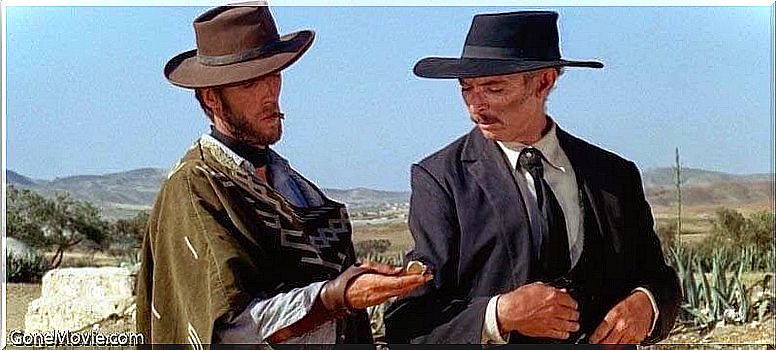
The silences take over Leone’s cinema and become a hallmark of its protagonist. The characters are not flat, we know a lot about them, a good example would be Tuco in The Good, the Ugly and the Bad or the dark plot between Indio and Colonel Mortimer in Death had a price .
The man with no name contrasts with the rest of the characters of whom we do know their interests, motivations and past. Is good or bad? Is he a hero or a villain?
The dichotomy is broken, it merges in the man without a name to introduce us to a character who is in the middle of that line. It seems that his only motivation is money and he does not hesitate to use violence in any situation. However, we cannot say that it is bad at all.
His dirty looks, his frown and his cold appearance all contribute to creating that atmosphere of being before a haunting and totally unpredictable man. An archetype that is repeated throughout the trilogy and that can be versioned, modified, reused and transferred to other settings. This is how we saw it in the film The Pale Rider , directed by and starring Eastwood, in which the protagonist is also an outlaw who moves between good and evil and is known as “the preacher.”
Sergio Leone did not want to capture noble and kind characters, but violence and despair take over his films. In inhospitable places, what prevails is survival and personal interests. The man without a name does not act in defense of others, shows indifference to injustices and will not save anyone if he cannot benefit from it.
Cinema as part of our culture
That coldness of which we speak is framed by a violent, hostile world and, of course, not happy at all. To achieve that atmosphere, Leone featured dirty characters, dusty and worn clothes, haunting, wrinkled faces. In this way, he managed to provide a greater realism that contrasts sharply with the pristine image of the characters in the North American western .
The face of the man with no name is perfectly recognizable, but Leone took it upon himself to meticulously portray all his characters, even those who only appear on stage for a few minutes. In fact, he was quite criticized for displaying high levels of ugliness. An ugliness that is breathed in the environment, which frames atypical faces, worn by time and waiting for death.
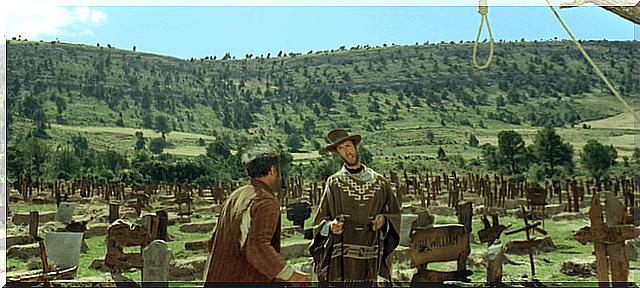
Close-ups of hands, feet, faces and looks that are eternal; infinite silences and unmistakable music are some of the hallmarks of his cinema. A cinema in which good and evil are relative and that has been honored countless times.
The genre dragged countless people to movie theaters and its success led to an overexploitation that would make it fall under its own weight.
Part of the magic of these films lies in their soundtrack, composed by Ennio Morricone, author of many of the most unforgettable film soundtracks. At 90 he is still active, although this year will be his last tour.
Leone and Morricone formed an unmistakable tandem and had a premise: the music was written first, that is, before the scene was shot. In this way, an exceptional symbiosis is achieved that goes beyond the screen.
Stanley Kubrick himself admired Leone’s work Once upon a time in the West and applied the same technique as the Italian to his film Barry Lyndon .
The mark remains indelible to such an extent that, last year, the documentary Unearthing Sad Hill was released , which was nominated for the Goya and in which we were introduced to the homonymous association in charge of recovering the mythical cemetery of El bueno, el feo y the bad guy in the province of Burgos. And the thing is that cinema is also art, culture and, of course, heritage; For this reason, we must contribute to its memory, so that it does not fall into oblivion.
